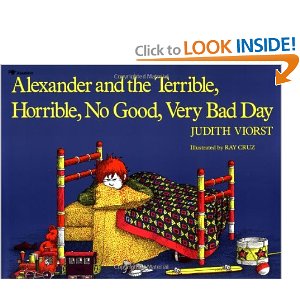


Have you ever found yourself using a system, but not really knowing why? Maybe you are using it because someone introduced you to it and you just rolled with it. Maybe you have found yourself using it because you knew there was a purpose but weren’t sure what it was. I know I have been in this place. I have been there with guided reading levels and the guided reading levels chart for sure.
When I first started teaching guided reading, I found myself wondering things like, “What does this guided reading level mean?” Or “What does this have to do with how this child is learning to read?” Or even “Why on earth are some numbers and other’s letters?”
I want to help make things clear for you so I am sharing all I can about guided reading levels, the guided reading levels chart, and what it all means.
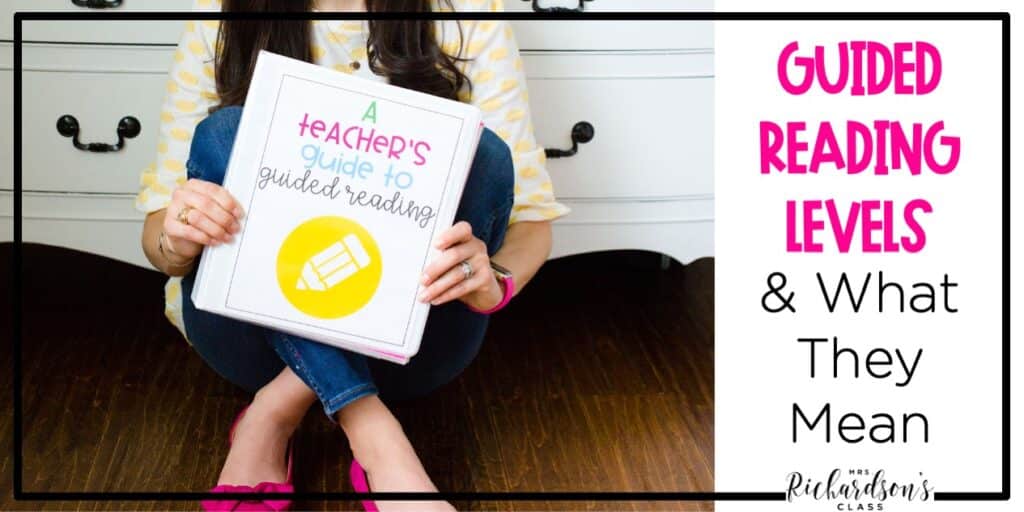
Guided reading levels are simply a system developed originally by Irene Fountas and Gay Su Pinnell to help organize reading skills and strategies so that readers are not overwhelmed. The goal of guided reading is to work within a child’s instructional level. Anything above that can cause frustration for the reader and anything below does not allow for enough teachable moments.
The most common system for leveling is Fountas and Pinnell’s guided reading levels system which uses letters to indicate each level. It ranges from levels A-Z with A being the simplest and Z being the most complex of the guided reading levels. Other popular systems are DRA, which uses numbers, Reading A-Z, and Rigby. Lexile levels are another familiar system that uses large ranges. Personally, I have found this system to be the most difficult to work within.
All good teachers teach within a “system” naturally. Never would we dump algebra on a child who is learning basic number patterns, yet the number patterns will set them up for later success in deeper math concepts!
Books are assigned reading levels and as children are assessed, children are given leveled books to work within that do not overwhelm them. The goal is that they have a useful tool that allows the teacher to come alongside them and coach them through.
This is something that I am guilty of in the past and while it can be wonderful motivation for some as they work to move up levels, it’s also not great for many.
Assigning a guided reading level to a book is complex. Many factors are taken into account. Scholastic lists the following:
Genre: The type of book (here’s your guide to children’s book genres)
Text Structure: How the book is organized and presented
Content: The subject matter of a book
Themes and Ideas: The big ideas that are communicated by the author
Language and Literary Features: The types of writing techniques employed by the writer
Sentence Complexity: How challenging the syntax in each sentence is
Vocabulary: The frequency of new words introduced in the book
Words: The ease at which the words in the book can be figured out or decoded by a reader
Illustrations: The correlation and consistency of images and pictures in the books to the words printed on the page
Book and Print Features: The physical aspects of the printed word on the page –Mary Doman, A Parent’s Guide to Guided Reading, Scholastic.com
Just remember there is no perfect book and no perfect system. I know firsthand from leveling my own sets of guided reading books that it’s super tricky and one word can change the whole level! Being aware of your readers’ skills is so important!
When it comes to matching guided reading levels with readers, there are a few ways you can do this. If you are a teacher, the best way to is to take a running record. This will allow you to get accurate data on the child and really see their strengths and growing points. If you are a parent, you can use a simple five finger test to determine if a book is too hard or just right. Every time a word is missed, the child raises a finger. Once they get to five, they know it’s too tricky right now.
It’s important to remember that when searching for a good fit you take into consideration more than just the text. You must also consider comprehension. If a child is struggling to comprehend the text, then it’s likely too hard. If the child can comprehend it well and can read it well, then it may be too easy for the child.
So what do each of the guided reading levels mean? I love to look at them from the perspective of what they encourage readers to be working towards and how much a child can do when they advance levels.
In my guided reading resource card FREEBIE, all of the strategies, skills, behaviors, and comprehension focuses are explained at each level. They not only help you, the teacher, meet your readers where they are, but they help you have a roadmap to see where they are going next, too.
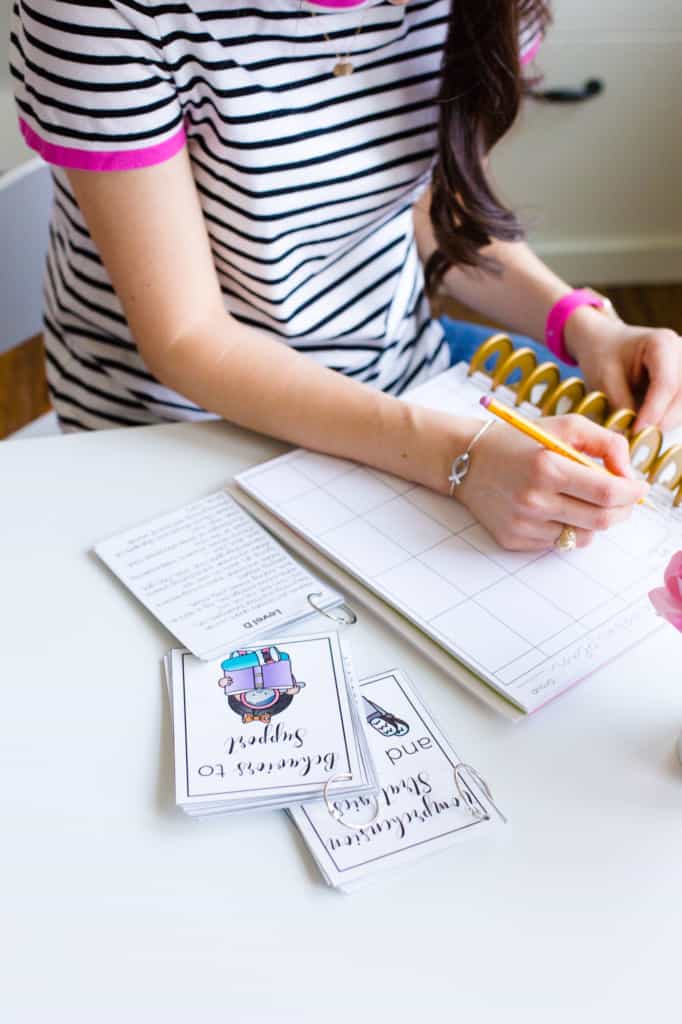
I love to use them when planning my guided reading lessons!
Once you know where a reader is working and you know that you have leveled text, you may be looking for some easy to follow guided reading lessons. After years of planning my own lessons and hearing from teachers that they weren’t sure where to even begin, I created guided reading lessons for Kindergarten, First Grade, and Second Grade readers.

The lessons have an easy to follow format, guided reading books, notes about each level and where students are working, word work activities, comprehension activities to follow up the text reading, and even notes for parents.
Shop Kindergarten Guided Reading Lessons
Shop First Grade Guided Reading Lessons
Shop Second Grade Guided Reading Lessons
No matter where you are in your guided reading journey, it’s important to simply begin and keep moving forward. Teachers, myself included, are always learning, growing, changing our practice, and improving! I’m rooting for you!
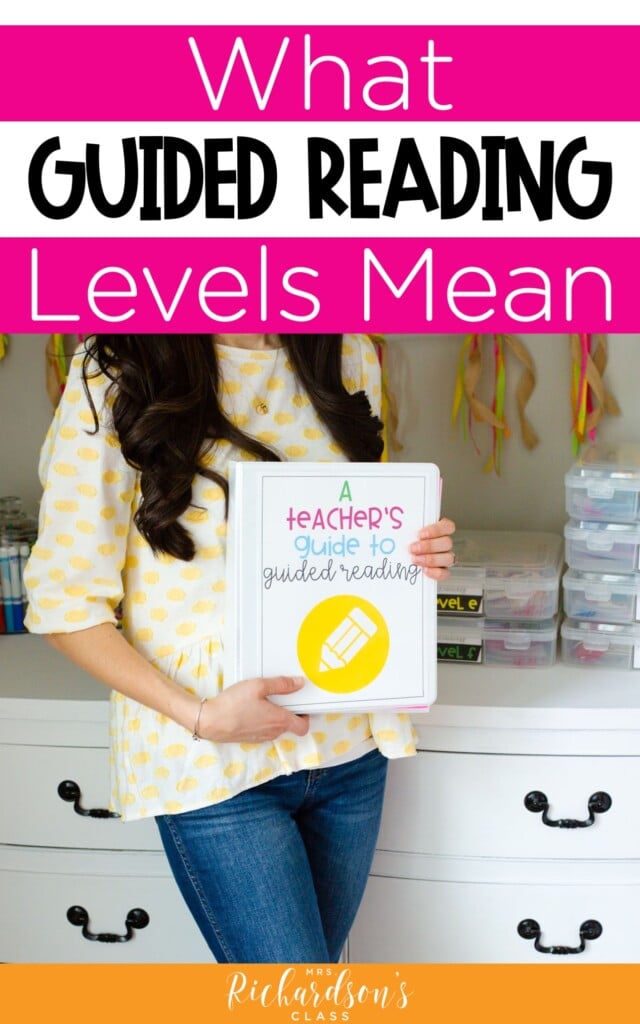
pin it

Want to use the latest research to boost your readers during small groups? This FREE guide is packed with engaging ideas to help them grow!

I’m a K-1 teacher who is passionate about making lessons your students love and that are easy to implement for teachers. Helping teachers like you navigate their way through their literacy block brings me great joy. I am a lifelong learner who loves staying on top of current literacy learning and practices. Here, you’ll find the tools you need to move your K-2 students forward!


| Cookie | Duration | Description |
|---|---|---|
| cookielawinfo-checkbox-analytics | 11 months | This cookie is set by GDPR Cookie Consent plugin. The cookie is used to store the user consent for the cookies in the category "Analytics". |
| cookielawinfo-checkbox-functional | 11 months | The cookie is set by GDPR cookie consent to record the user consent for the cookies in the category "Functional". |
| cookielawinfo-checkbox-necessary | 11 months | This cookie is set by GDPR Cookie Consent plugin. The cookies is used to store the user consent for the cookies in the category "Necessary". |
| cookielawinfo-checkbox-others | 11 months | This cookie is set by GDPR Cookie Consent plugin. The cookie is used to store the user consent for the cookies in the category "Other. |
| cookielawinfo-checkbox-performance | 11 months | This cookie is set by GDPR Cookie Consent plugin. The cookie is used to store the user consent for the cookies in the category "Performance". |
| viewed_cookie_policy | 11 months | The cookie is set by the GDPR Cookie Consent plugin and is used to store whether or not user has consented to the use of cookies. It does not store any personal data. |

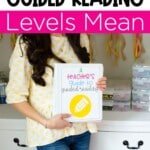
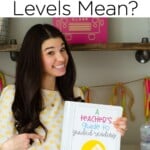

One Response
Hi there! I am working on creating a handout to parents really helping them understand what each guided reading level entails and what skills their child should know/practice at each level. In your article you mention your “guided reading resource card freebie”, would you mind pointing me in the direction to how I can view that?
Thanks so much!
-A Kinder teacher <3